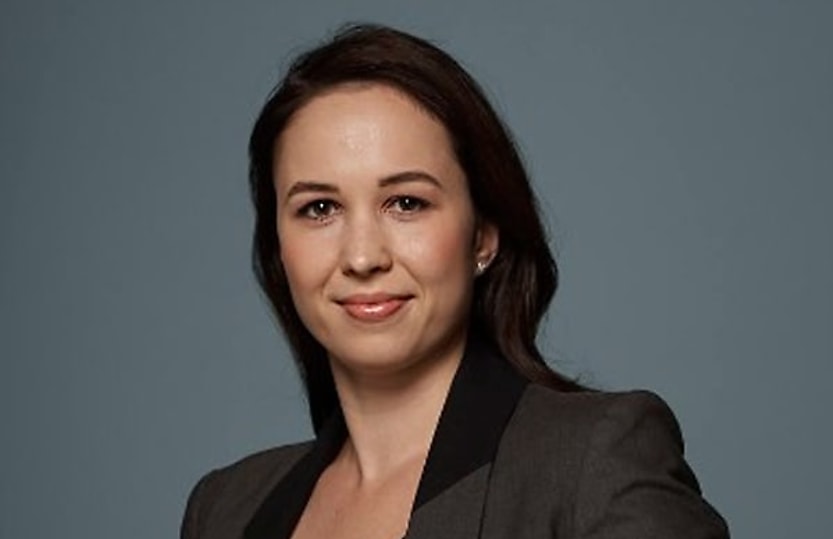‘Headwinds grow for economy’ as GDP weakens, economists warn

The likelihood of another interest rate hike in July or August means the risk of a real recession is now a high possibility.
The Australian Bureau of Statistics’ (ABS) released its latest national accounts data this week which indicated that GDP grew by just 0.2 per cent in the March quarter.
This was below expectations and take annual growth in GDP to just 2.3 per cent, AMP deputy chief economist Diana Mousina said.
“GDP has slowed considerably over the past year and is set to weaken further due to the tightening in monetary policy and the subsequent slowing in consumer spending, continued drag from residential constriction and a poorer outlook for business investment,” said Ms Mousina.
The data also did nothing to alleviate concerns about poor productivity growth contributing to a worsening inflation outlook through a rise in unit labour costs, she said.
GDP per hour worked fell by 0.2 per cent over the quarter and down 4.5 per cent compared to a year ago, the lowest productivity growth on record.
“There is certainly a need to lift productivity growth through areas like taxation reform, higher incentives for business investment and innovation, better education outcomes, matching workforce skills to employer demands, maintaining infrastructure, boosting housing supply and limiting the size of government but this requires true government-led reforms,” said Ms Mousina.
“While productivity growth has been low over recent years compared to its long-run average, part of the problem could be the big rise in service-related jobs (which typically have lower productivity growth) over the past two years which saw a boom in hours worked. This could be making the data look worse than it actually is.”
The poor productivity numbers also mean that unit labour costs lifted again to 7.9 per cent compared to a year ago.
“This is much higher compared to pre-pandemic levels and will worry the RBA,” she said.
Ms Mousina said that Australia will experience a per capita recession over coming quarters where GDP growth per person will be negative for two quarters.
“The RBA’s hawkishness and the subsequent likelihood of another interest rate hike in July or August means that a real recession is also a high possibility in the next 12-18 months,” she stated.
“In our view, the RBA is taking interest rates too high and doesn’t need to generate a recession and pain on households to get inflation down at a time when any of the forward-looking inflation indicators are already pointing to lower price growth in the next 6 months,” she said.
Barclays also believes headwinds are growing for the economy both in Australia and externally.
“Lower growth is narrowing the RBA’s narrow path to keep the economy on an even keel,” the Barclays Economics Research team said in its latest analysis.
The bank has now lowered its 2023 growth forecast to 1.6 per cent from the previous 2 per cent.
“Our earlier forecast of 2.0 per cent was dependent on a strong Chinese economy, which has not played out as expected. Globally tight monetary policy is expected to slow global growth, which will weigh on Australia,” Barclays said.
“Additionally, tighter-than-expected domestic monetary policy, with the RBA not yet finished hiking, and elevated inflation, will continue to affect consumption and investment. We see rising risks to household consumption, with buffers thinned now and fixed-rate mortgages rolling off to floating rates.”
Two back-to-back surprise rate hikes mean that the RBA is now more data dependent, according to the bank, leaving the door open to future increases.
“We think the need and the timing for future hikes will depend on how expectations evolve and the downside for growth. With global central banks turning more hawkish due to inflation, we think the RBA will also see the need to hike more, as long as growth does not drop materially,” it said.
About the author







